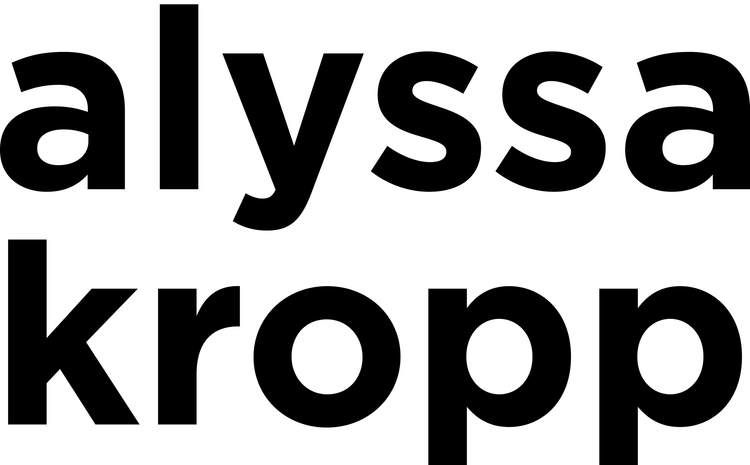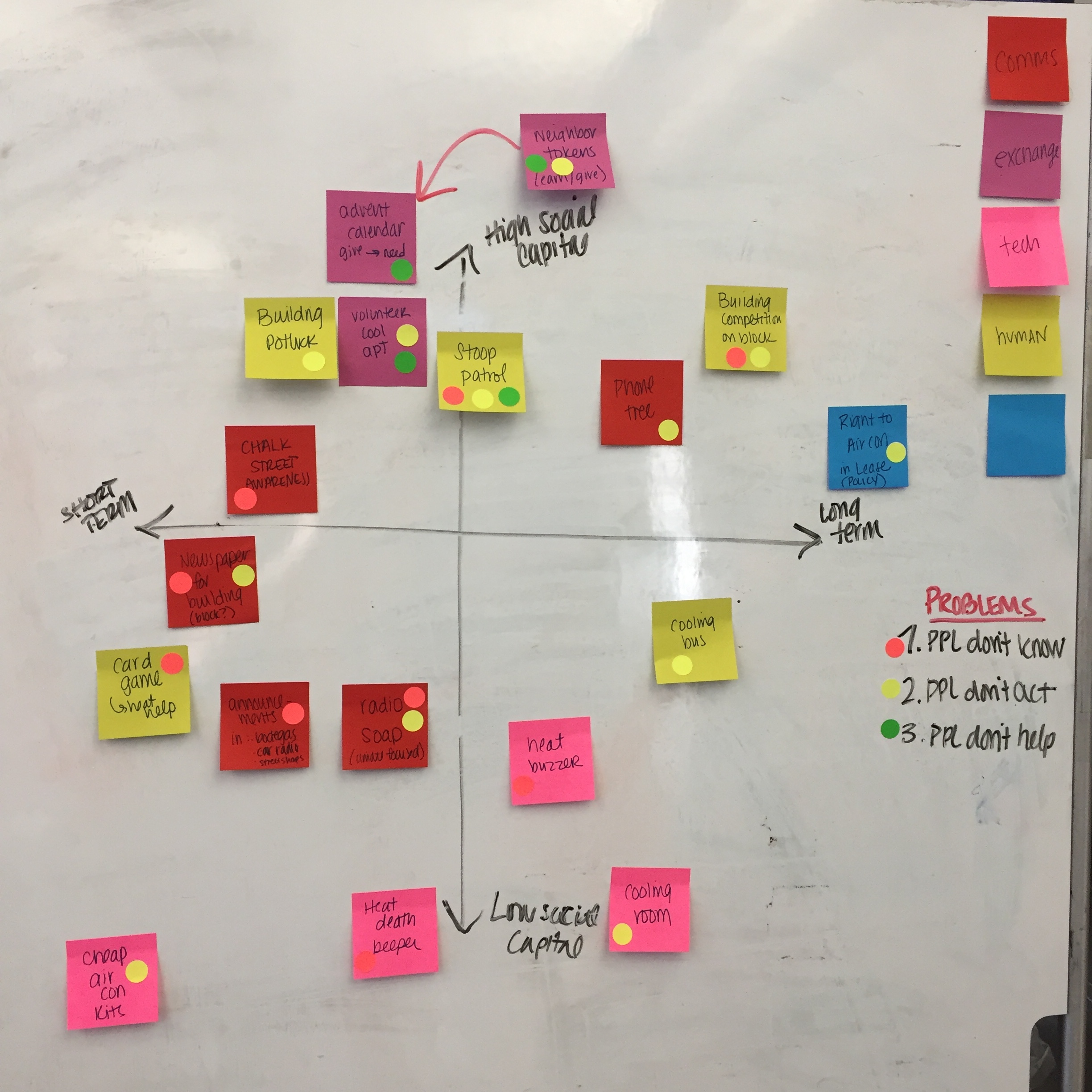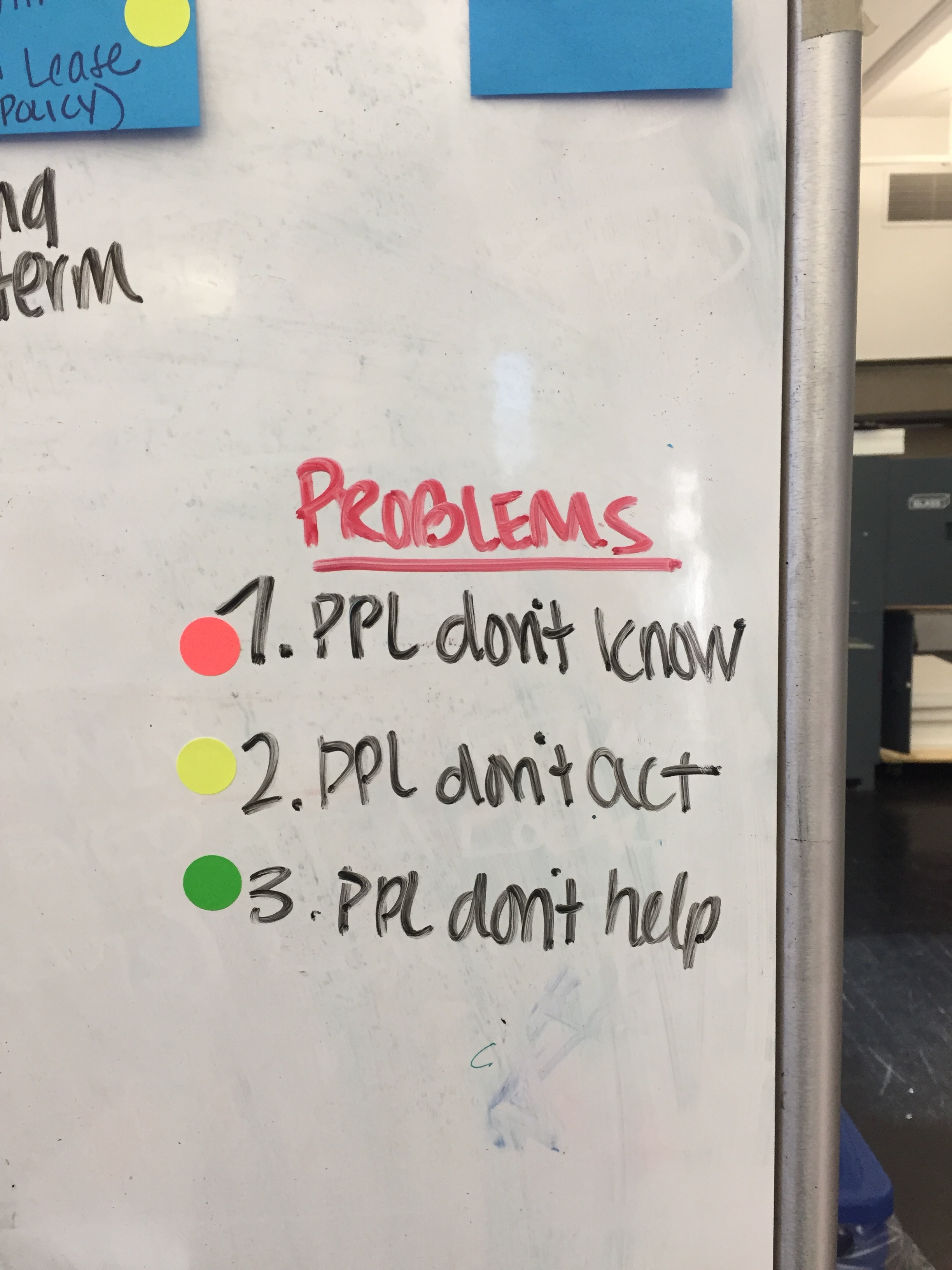Heat vs. The Public
Challenge & Result
As climate change continues to threaten cities with natural disasters, there is another that is often forgotten: heat.
Heat is a leader in weather related deaths and emergencies, causing heat stroke, heat exhaustion, and exacerbating strokes. These results are in general preventable through outreach and intervention. It is particularly relevant to marginalized communities: the low income, the elderly, and those of color.
During my last year at Parsons, I worked with my local BedStuy community to understand their views in the face of extreme heat challenges and prototype designs to meet their expectations and situations.
It resulted in a multistage design network that wove together preemptive communication and planning with a community response. While not a final product, it positions itself as a challenge to the typical design idea that help must come from the outside.
Partners: BedStuy Community, NYC Parks
Context: Graduate Thesis
Role: Multi-hat wearing leader
Timeline: Sept 2018 - June 2019
Focus: User Research, Strategy, Service Design
“Since 1999, people aged 65+ have been several times more likely to die from heat-related cardiovascular disease than the general population, while non Hispanic blacks generally have had higher-than-average rates.”
Research Approach
Extensive desk research on health, climate change, and behavior psychology.
As someone who is not a scientist nor public health practitioner, I spent a significant amount of time diving into the scientific literature and journal articles around heat, emergencies, climate change, and the psychological response to the unknown.
Four months of in-depth interviews with key stakeholders.
I paired this with months of interviews and generative sessions with communities within the Bedford-Stuyvesant neighborhood of Brooklyn, New York. This complemented the expert interviews from those at NYC Parks, National Center for Disaster Preparedness at Columbia University, and the NYC Office of Emergency Management. These interviews included observation and participatory methods such as card sorts, among others.
“Getting to the cooling centers is more of an obstacle than most people appreciate. By the time the heat is so bad that you feel your health is at risk, going out onto the city sidewalks is not an attractive option.”
Key Research Findings
Lack of trust: There was a clear gap of community led resources and opportunities for climate education, let alone materials focused on heat. This meant few who were at risk knew the signs, particularly as the community didn’t necessarily trust government resources.
Focus on people's homes when able: The city’s main focus on helping citizens is to provide cooling centers. However, those who are elderly or differently abled struggle to get to the health centers due to lack of transportation or income. Those who can afford to do so found the cooling centers lacking and never stayed for long.
People don’t think about emergencies until something happens to them: While heat effects can be mitigated through increased understanding, it’s impossible to completely prevent these occurrences if people don’t act on them. It is important to meet them where they are, based on their lived experience.
Resulting Designs
With these findings in mind, I worked to prototype and create alternative options with and for the Bed-Stuy community. These included:
A communications and education campaign rooted in community approaches
The communications design was tested with local residents, particularly younger citizens and their parents. This included heat advisories, information, and steps they could take at home. The education aspect are workshops based in community gardens and through individual’s electricity bills.A mutual aid inspired check in system
This digital, text based system was created to meet the needs of both neighbors and those that care for them, whether family members or friends. It is a bot based SMS service that flags that someone needs to be checked on during a heat emergency.At home cooling aids
The initial design is a terracotta planter that changes color according to the temperature. Once it becomes too warm for healthy living, the color shifts to warn the owner that they should seek support. The next iteration is intended to be an alternative A/C system using passive cooling methods.
These services are meant to be low-cost and community based responses to what has typically been a top-down experience.
Reflection
Conducting this research and design work has laid out the major tensions that lay at the crux of emergency management and design. This tension is the flexibility that design necessitates, and the rigidity that emergencies tend to adopt. Design has the potential to not only transform how emergency management practices are shared with the communities they are trying to protect, but they ways in which they are constructed and executed. Just as design has become integrated into healthcare and general government practices, design’s movement into this space requires those dedicated to facing larger systemic challenges and open to innovative, flexible methodologies. The uptake of design in this space, and in other workforces like it, are essential aspects of continued social innovation.












